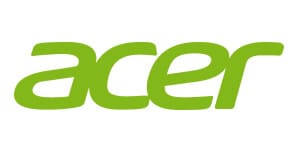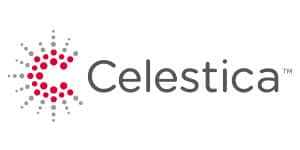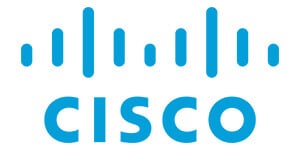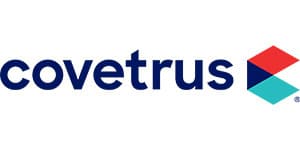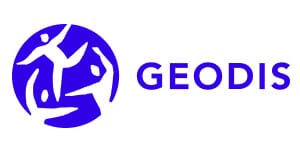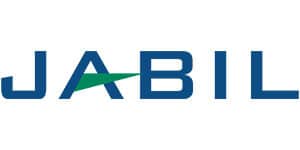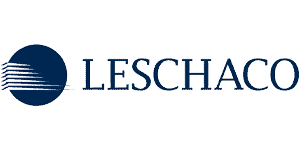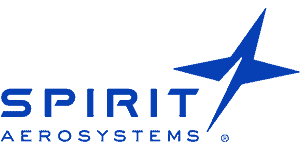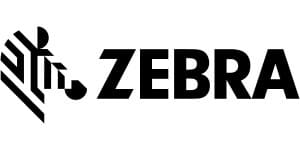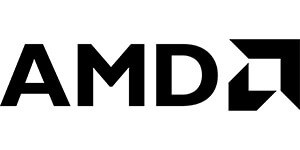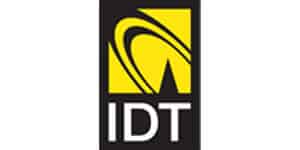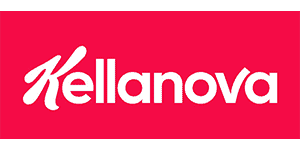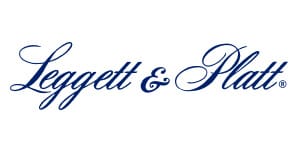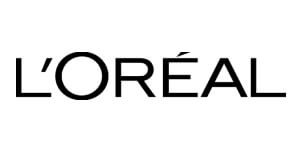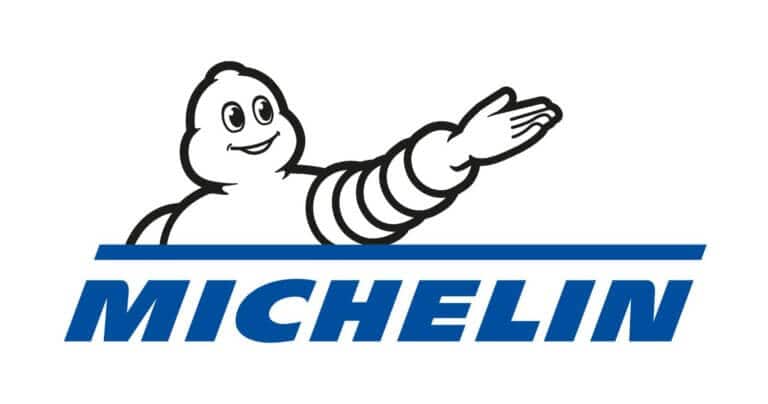Identify Cost-Saving Possibilities in Sourcing with Product Cost Supply Management
To quickly predict the cost of new products, brand owners must maintain cost data for millions of parts. This challenge is compounded by fast-changing specifications and the likelihood of cost fluctuations. E2open Product Cost Management consolidates and analyzes time-phased cost data from all supply tiers, helping owners maximize margins on new products and create accurate supplier invoices.
Single source of insight for product costs
Overpaid suppliers, missed rebates, and suboptimal margins
Accurate product cost data at the component and unit level is essential for evaluating new offerings. Yet costs are unpredictable when brand owners use hundreds or thousands of contract manufacturers and suppliers and store the raw data in spreadsheets. The scenario-based analyses that help owners find the lowest-cost combination of suppliers can’t be done with spreadsheets, so maximizing margins for new products is difficult. Owners often overpay suppliers and miss rebates that could dramatically reduce the unit cost of finished goods.

Meet margin and growth objectives
Design, build, price, and launch new products at the lowest costs with the highest margins. End-to-end product cost management helps you predict unit costs, gain insight, and meet growth objectives.
Confidently price new products
Predicting unit costs is easy, so you can plan ahead, negotiate discounts with suppliers, and price new products efficiently.
Record item and BOM costs
Suppliers, manufacturers, and logistics providers from across all tiers upload cost data for parts and bills of materials (BOMs).
Use cost-effective suppliers
By identifying alternate suppliers for reduced product and logistics spend and enabling you to negotiate, the system helps you lower unit costs.
Reduce invoice overpayments
Efficient reconciliation with suppliers’ cost projections helps you efficiently address the issue of invoice overpayments.
Identify shifting market conditions
Forward-looking cost data from suppliers helps you plan for changing market conditions—and you can even use data from the system for future cost forecasting.
Manage rebates and volume discounts
The system captures all rebate data—including rates, triggers, payment terms, and effective dates—so procurement teams can take advantage of suppliers’ offers.
Related applications to help you succeed
Customers
Testimonials
Use one source of truth to manage BOMs, item costs, and rebates.


